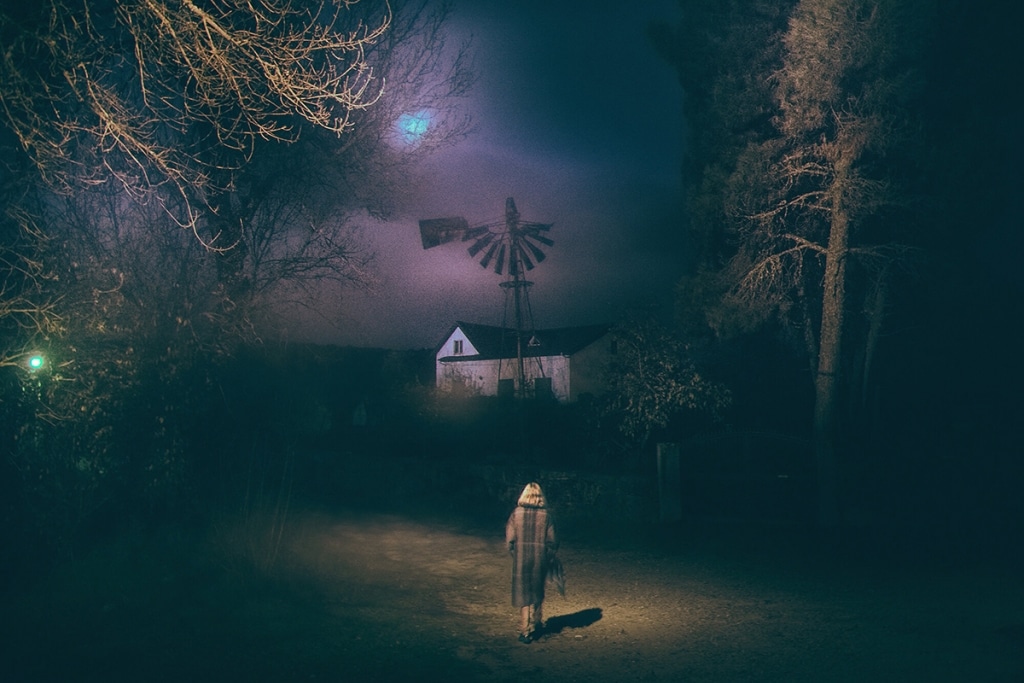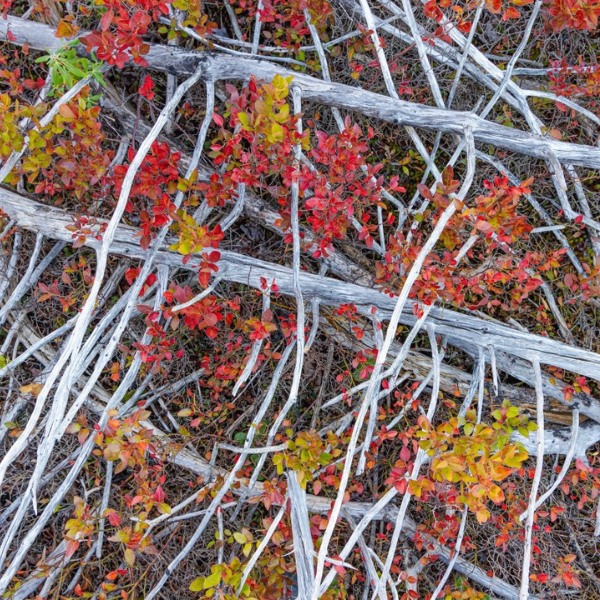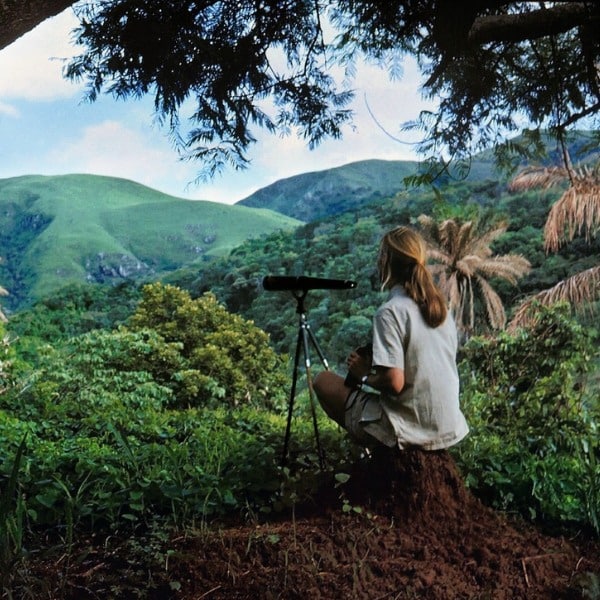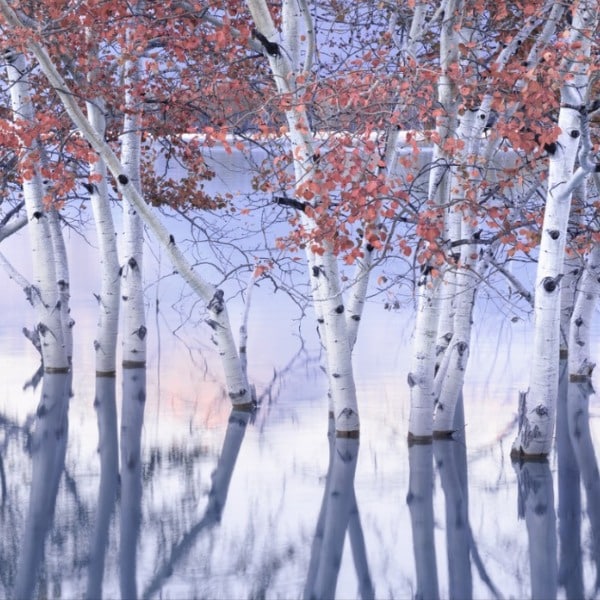
The fields and forests of southern Europe have a cinematic quality. From mountains to villages, photographer Henri Prestes has traveled southern Europe photographing landscapes with a fantastical quality. The Portuguese fine art photographer's work includes a few scattered humans—lonely figures who almost seem part of the melancholy landscapes around them. His series The Velvet Kingdom is an ongoing exploration of these moody, majestic landscapes.
It took the sun going down for Prestes to find his artistic voice. “Once I started going out at night to take photos I immediately found myself in love with this medium,” he explains. To create his work, he primarily shoots with wide-angle lenses—24mm or 35mm. “If it’s nighttime I always use long exposures, most of the time only relying on the ambient light present in the scene,” he said. With some tweaks in Lightroom and Photoshop, these images become dreamscapes.
Prestes likes to explore remote areas at night or in inclement weather. These explorations remind him of his childhood exploits. Although the resulting images are familiar to anyone who has traveled southern Europe, their magical quality is universal. No matter where you live or roam, The Velvet Kingdom is an escapist fantasy with all the drama of classic cinema.
My Modern Met had the chance to sit down with Henri Prestes and speak more about his ongoing series. Read on for the exclusive interview. To purchase prints of Prestes' images, check out his studio shop.
Read on for My Modern Met's exclusive interview with photographer Henri Prestes on his The Velvet Kingdom series.

You travel southern Europe for your photography. Why did you start The Velvet Kingdom series? What about southern Europe inspired you?
The main reason I started this series was that I’m from a small Portuguese town near the Spanish border, and since I was a kid I had this idea to create stories that involved these landscapes of the southern region—somewhere that I felt comfortable exploring and that I knew would be easy to discover interesting locations.
I also wanted to go back to the villages, fields, and mountains that I remember traveling through as a kid with my family and wanted to depict the solitude but also the beauty that exists there.

The colors of The Velvet Kingdom are quite painterly and cinematic. What lighting conditions do you look for to achieve this dreamy effect?
Thank you. I’m very much influenced by painters and movies, so achieving that kind of look was very natural to me. I mostly try to shoot during foggy conditions—I find it adds an otherworldly feeling to an otherwise ordinary place, and also I enjoy how it simplifies a landscape; pushing the most important parts of the image towards the viewer, making irrelevant details disappear into the distance.
I’ve also experimented with shooting during daylight which was something I was not too used to at the time—most of my work then was created at night; trying to capture the sunlight that rarely shows up during the foggy days was an exercise in patience that sometimes paid off.

The people in your series almost appear to be from a different era, with hats and overcoats out of a vintage movie. Can you tell us more about the stories you see in these images?
I never think about stories before creating these images; during shooting, I’m mostly interested in capturing a certain mood or an interesting composition. If I’m lucky I’m able to discover a hint of a story, but that only happens after the picture was taken, when I’m sitting alone editing, and that hopefully transposes to the viewer as well when they see my images—that’s my main goal.
In regards to the hats and overcoats: it was the type of clothes that I remember seeing the elderly ones in my family wear when I was growing up, especially on my grandparents and his friends and I wanted to recreate that feeling of nostalgia.

Why did you choose the name The Velvet Kingdom?
The name is inspired by a collection of tales that a person very close to me used to tell me when I was a kid. She is the older lady who appears on some of the images and she has known me since I was born. She grew up during the 1930s and these were very tough times in this country; the poverty was rampant and people were really struggling to survive, but these tales were something that her family passed along to her and it gave her and her sister comfort and joy. She wanted to pass them along to me which as a kid I found incredibly haunting and scary but also fun and with the title I wanted to pay homage to those stories.


























































































